Types of non-fiction literature encompass various forms and styles, including essays, memoirs, biographies, autobiographies, textbooks, self-help books and scientific books.
Academic and educational works build the foundation for learning, while biographies and autobiographies offer intimate insights into remarkable lives. Business books empower readers to navigate the complexities of commerce, while cookbooks celebrate culinary traditions. Essay collections provoke thought, and history books chronicle human civilisation. Hobby books inspire creativity, and memoirs offer reflections on personal experiences. Nature literature inspires us to protect our planet, while parenting and family books provide support and guidance. Photography and art literature celebrate visual culture; politics and current affairs books engage readers in civic discourse. Religious non-fiction inspires reflection, and self-help books empower personal growth. Scientific and technical works discuss secrets of the natural world, while sports literature celebrates athletic achievements. Travel literature transports us to new destinations, and true crime stories captivate with real-life mysteries.
This article will explore 20 different types of non-fiction literature and how they contribute to expanding knowledge and promoting critical thinking of readers around the world.
What is non-fiction?
Non-fiction literature refers to texts that provide factual information, ideas or analysis about real people, events, places or phenomena. Unlike fiction, which is imaginary and often created for entertainment or artistic expression, non-fiction aims to inform, educate, persuade or document reality.
Non-fiction includes various forms such as essays, memoirs, biographies, autobiographies, textbooks, self-help books and scientific works. It covers a wide range of subjects, including history, science, philosophy, politics, religion, health, travel and personal development.
The main feature of non-fiction is its commitment to accuracy and truth. While authors may interpret and analyse facts, their work is based on verifiable evidence and reliable sources. Non-fiction expands knowledge, promotes critical thinking and helps people understand the world.
#1 Academic and education
Academic and educational non-fiction provides essential knowledge, skills and resources for learning and academic success. These books are foundational tools for educators and students across various subjects. Education literature offers structured pathways to knowledge acquisition and critical thinking, from math textbooks to language arts curriculum guides. As readers engage with the content and exercises, they cultivate intellectual curiosity and a passion for learning. Moreover, academic books explain scientific concepts to readers with advanced knowledge of the subject. Examples of academic and educational non-fiction include Artificial Intelligence for Dummies, Gray’s Anatomy textbook and Longman Academic Writing by Alice Oshima.
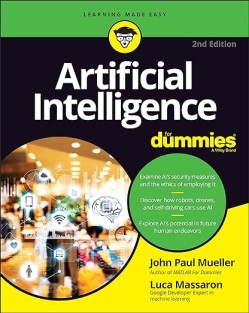
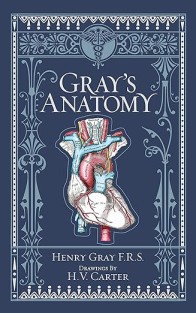
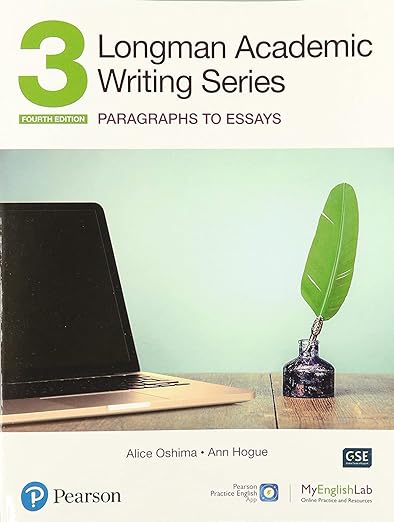
#2 Biography/autobiography
Within the types of non-fiction, biographies and autobiographies offer insights into the lives of remarkable individuals. Biographies detail the accomplishments, struggles and influences of historical figures or contemporary icons. On the other hand, autobiographies are a subset of the types of non-fiction. They offer first-hand accounts written by the individuals themselves and allow readers explore their journeys, motivations and ambitions. Bestselling biographies and autobiographies include Steve Jobs by Walter Isaacson, My Experiments with Truth (autobiography of Mahatma Gandhi) and The Autobiography of Benjamin Franklin.


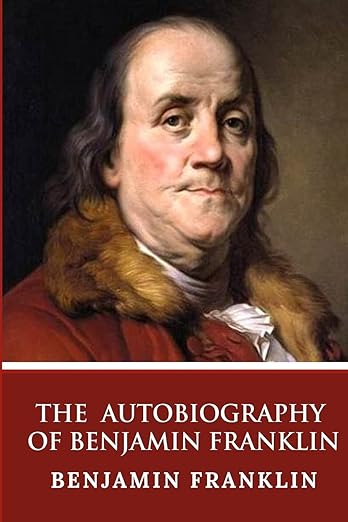
#3 Business
Amid the diverse types of non-fiction, business literature explains the dynamics of commerce, finance and markets. From entrepreneurial success stories to economic theories, these books teach readers how to navigate the complexities of the business world. In addition, business books empower readers to make informed decisions and succeed in the business world. For examples of business books, see Entreleadership by Dave Ramsey, Lean Startup by Eric Ries and Erin Meyer’s Culture Map.
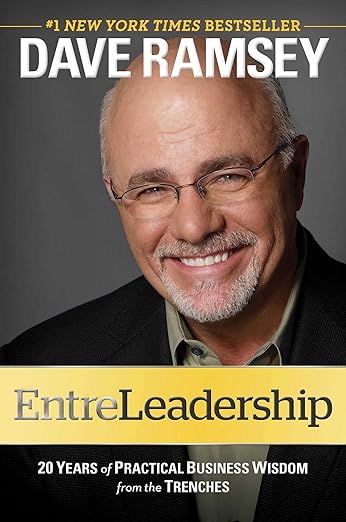
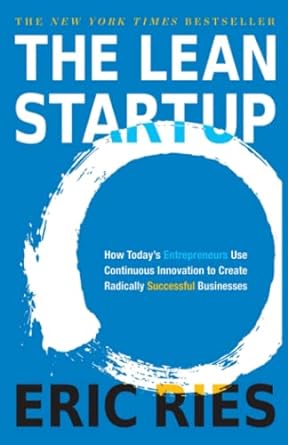
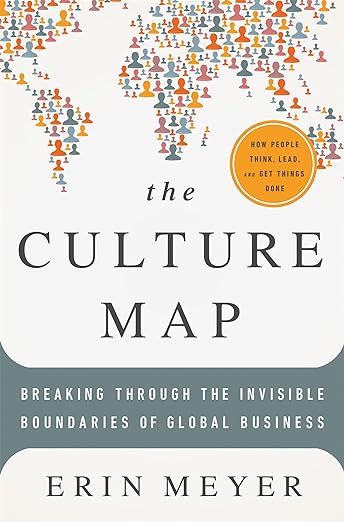
#4 Cookbooks
Cookbooks and food writing offer a journey through culinary traditions, flavours and recipes. As a non-fiction literature, these books celebrate food and its cultural significance. They may touch upon various cuisines, diets and lifestyles. Examples of popular cookbooks are Half Baked Harvest Every Day, The Oh She Glows Cookbook or Jazzy Vegetarian.
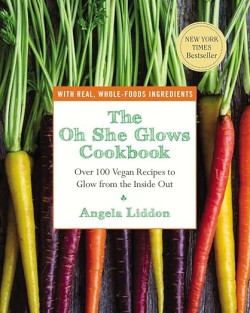

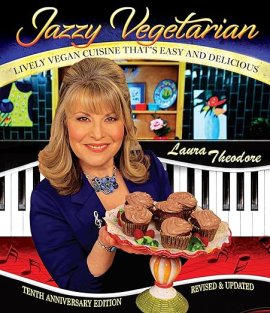
#5 Essay collections
Essay collections illustrate the depth of human thought and offer diverse perspectives, insights and analyses. From reflections to critiques, essay collections showcase the complexities of the human experience. As an essential component of non-fiction, they invite readers to engage with complex ideas and open up intellectual discussion. Famous examples of essay collections include The Collected Schizophrenias by
Esmé Weijun Wang, I Hate Myselfie by Shane Dawson and A Collection of Essays by George Orwell.
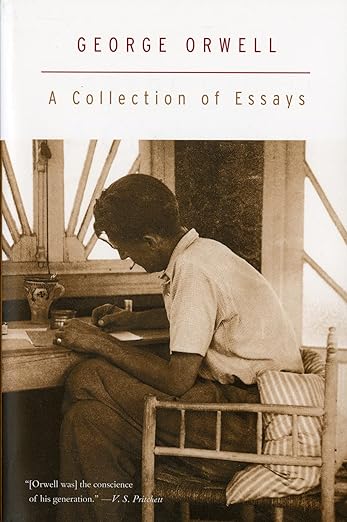
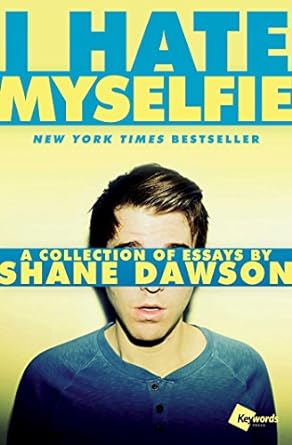
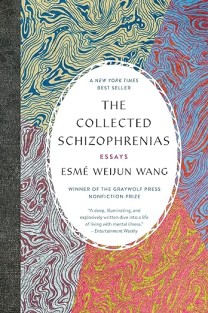
#6 Health and wellness
Health and wellness literature encourages self-care, well-being and mindful living. This type of non-fiction offers evidence-based insights, strategies and practices for nurturing the body, mind and spirit. As readers embark on their wellness journey, they discover the power of self-awareness and self-care and learn how to cultivate habits that support their long-term health and happiness. Examples of health non-fiction include Eat Right for Your Blood Type, Eat Fat Get Thin or How Not to Die.
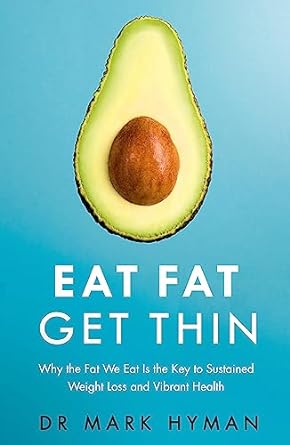
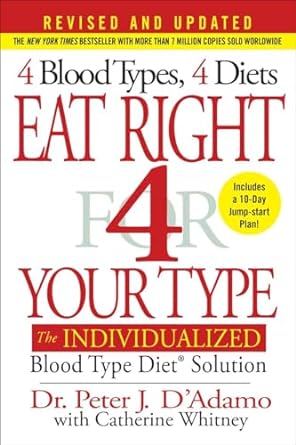
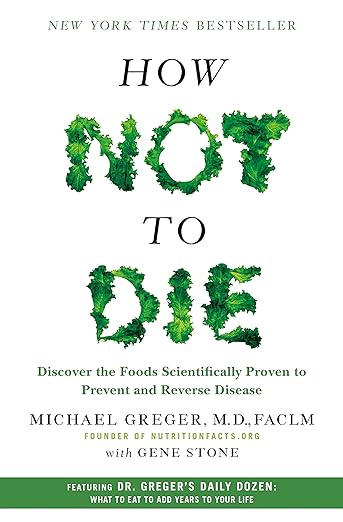
#7 History
Within the types of non-fiction, history books chronicle the past and explain the story of human civilisation. Through solid research and vivid storytelling, historians bring to life the victories, conflicts and transformations that have shaped societies. As a cornerstone of non-fiction literature, history books provide essential context and perspective. Moreover, they improve our understanding of our heritage and inform contemporary discourse and decision-making. Sapiens, Things We Make and Pathogenesis: A History of the World in Eight Plagues are examples of interesting history books.
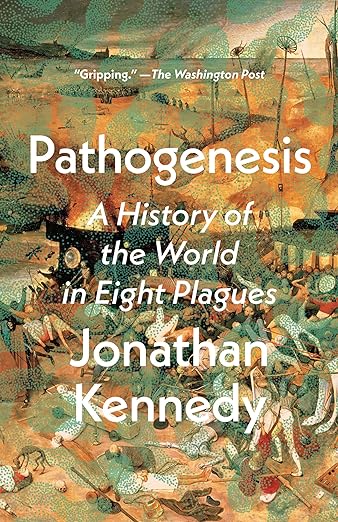

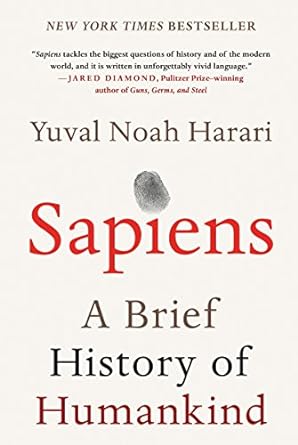
#8 Hobby
Hobby books include a diverse range of non-fiction literature for enthusiasts seeking new interests. From gardening to model-building, these books offer comprehensive step-by-step instructions, tips and creative ideas to hobbyists of all levels. Additionally, these books often explain the history, techniques and cultural significance of various hobbies. Try Mini Farming, Easy Origami or Pyrography Basics to find inspiration in hobby books.
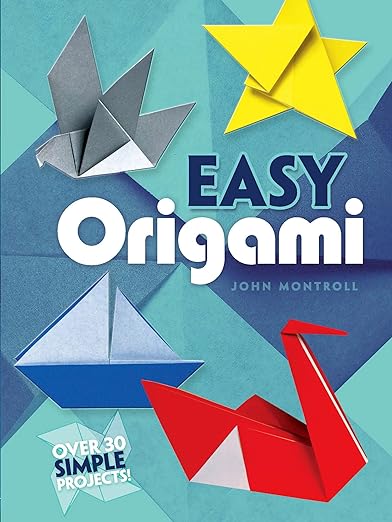
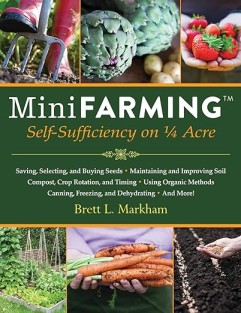
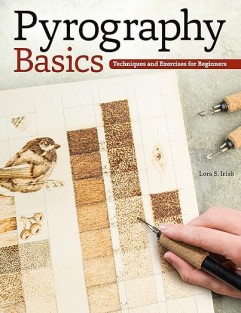
#9 Memoir
Memoirs, a distinct form among types of non-fiction, serve as reflections on personal experiences, emotions and growth. Memoir authors weave narratives that capture pivotal moments or themes, offering readers intimate glimpses into their inner worlds. Furthermore, memoirs provide a deep human connection and foster empathy and understanding across diverse perspectives and backgrounds. Try Becoming by Michelle Obama, Educated by Tara Westover or Eat, Pray, Love by Elizabeth Gilbert to get a taste of captivating memoirs.
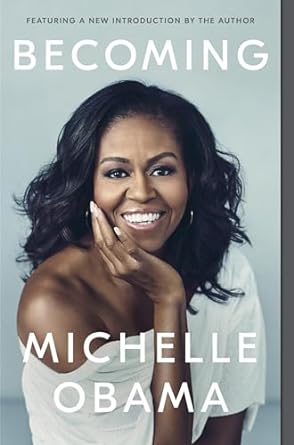
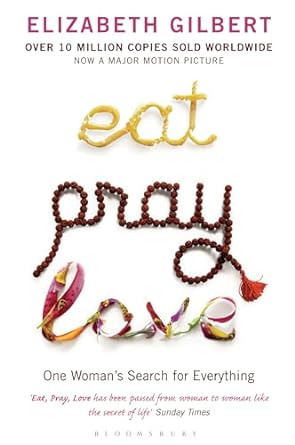
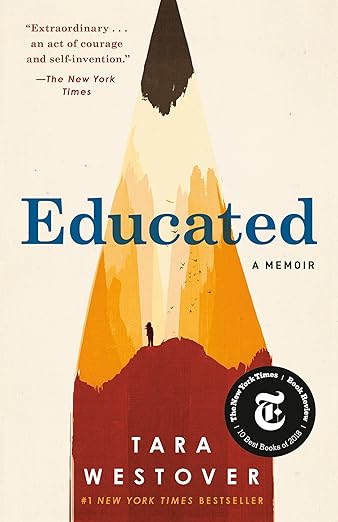
#10 Nature and environment
Within the types of non-fiction, literature on nature and the environment is a call to action and a celebration of the Earth’s beauty. From majestic landscapes to complex ecosystems, these books offer explain the wonders of the natural world and the urgent need for conservation. Readers of nature and environment non-fiction can reflect on their relationship with nature and embrace sustainable practices. Brilliant examples of nature non-fiction include Fantastic Fungi by Paul Stamets, The Nature Fix by Florence Williams and The Forager’s Harvest by Samuel Thayer.
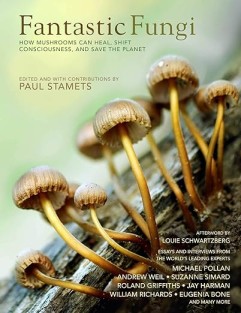
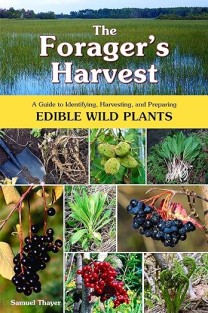
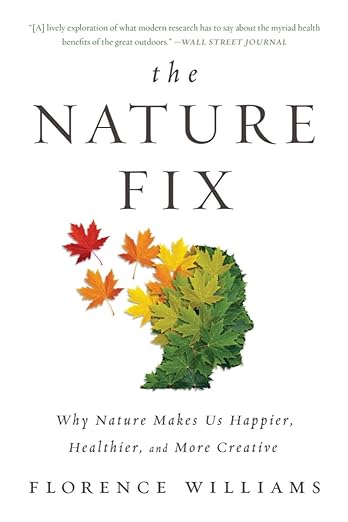
#11 Parenting and family
Parenting and family books are resources for individuals navigating the complexities of raising children and fostering healthy family dynamics. These non-fiction works offer practical advice, evidence-based strategies and expert insights to support parents through every stage of their child’s development. For instance, they can discuss newborn care, challenges of adolescence or building strong parent-child relationships. Additionally, family books may explore broader topics, such as marriage, sibling dynamics and intergenerational relationships. Try The Danish Way of Parenting, 1-2-3 Magic Book or The Power of Showing Up as examples of great parenting and family non-fiction.
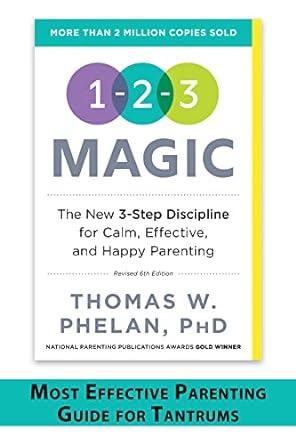
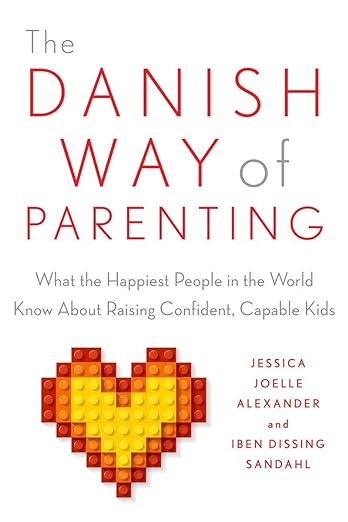
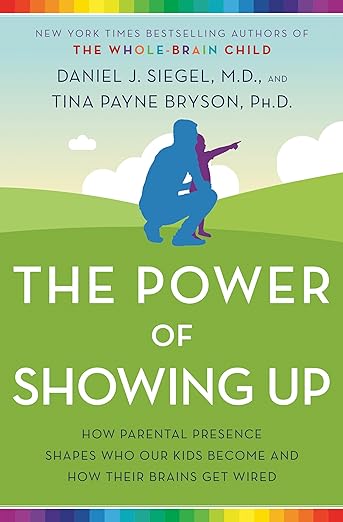
#12 Photography and art
Photography and art literature celebrates visual beauty, diversity and expressive power. Within the types of non-fiction, these books showcase iconic artworks, artists and photographic techniques and offer insights into historical contexts and artistic significance. From Renaissance masterpieces to contemporary photography, art and photography literature inspire imaginations and appreciation for the human creativity. This type of non-fiction is sometimes called coffee table books. They are usually large, expensive, richly illustrated books for casual reading — perfect for a coffee table. For instance, you may find The Bucket List, Tom Ford or Made for Living on coffee tables in living rooms and waiting areas worldwide.
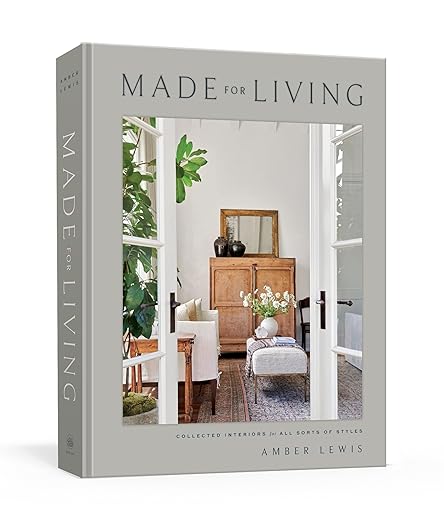
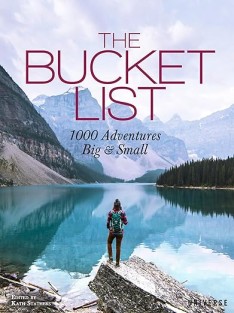
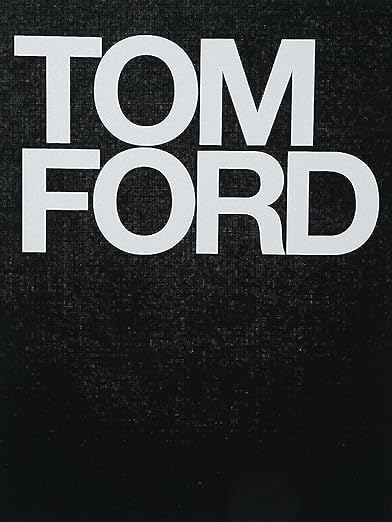
#13 Politics and current affairs
Politics and current affairs literature discusses the structures, ideologies and dynamics of governance and societal change. Within the types of non-fiction, these books analyse political figures, systems, movements and key events and offer perspectives on important issues and their implications for the future. Politics and current affairs literature inform and engage readers and empower them to participate in civic discourse. For instance, grab Team of Rivals, The Origins of Political Order or Twilight of Democracy to try out political non-fiction.
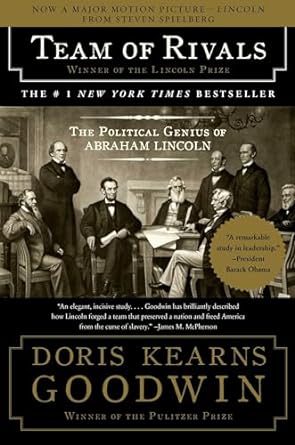

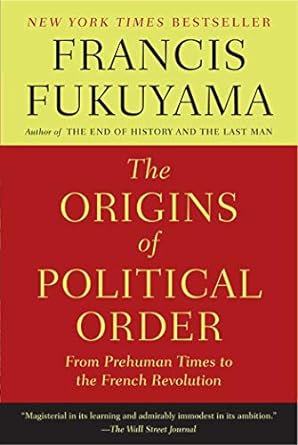
#14 Reference books
Reference books include dictionaries, encyclopedias, how-to guides and atlases. They provide quick access to information and offer concise explanations, definitions and instructions on a wide range of subjects. First, dictionaries are fundamental language tools, offering definitions, spellings and usage examples for words and phrases. Second, encyclopedias compile vast amounts of knowledge across diverse fields, offering comprehensive overviews of topics ranging from history and science to arts and culture. Next, how-to guides offer step-by-step instructions and practical advice for accomplishing tasks and mastering skills. Finally, atlases provide detailed maps and geographical information about landscapes, regions and landmarks. The Elements of Style, The Official SCRABBLE Players Dictionary and Mythology are examples of helpful reference books.
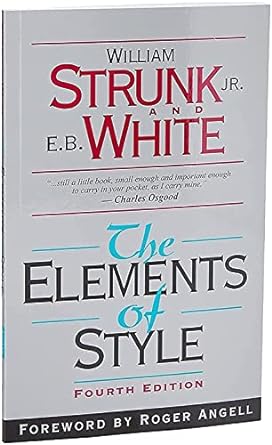
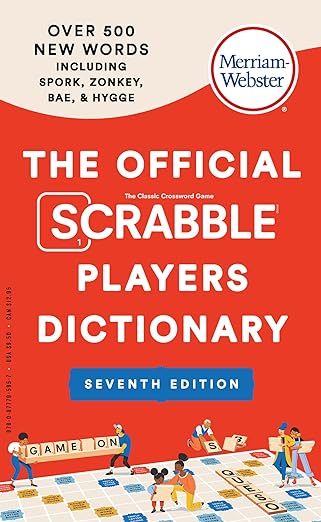
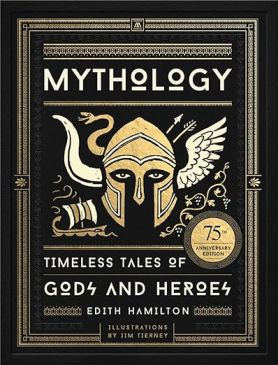
#15 Religion and spirituality
Religion and spirituality literature offers insights into diverse faith traditions and spiritual philosophies. From sacred texts to contemporary reflections, religion literature inspires contemplation and a deeper connection to the divine. They help readers navigate the complexities of belief and meaning and embark on a transformative journeys of self-discovery and spiritual growth. Among others, The Immortality Key, Institutes of the Christian Religion or The Great Cosmic Mother are examples of religion and spirituality non-fiction.
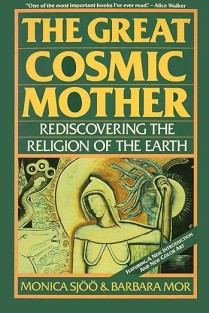
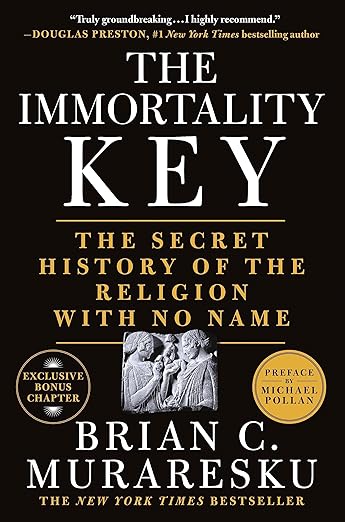
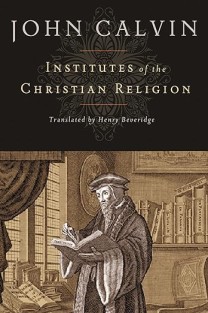
#16 Self-help/personal development
Among the non-fiction types, self-help and personal development books offer tools and strategies for individual growth and fulfilment. These books empower readers to navigate life’s challenges, cultivate resilience and unlock their potential. Within the landscape of types of non-fiction, self-help literature spans diverse topics, from relationship advice to mindfulness practices, catering to the multifaceted dimensions of human existence. Try Accessing the Healing Power of the Vagus Nerve, The Subtle Art of Not Giving a F*ck and Ikigai for some great self-help books.
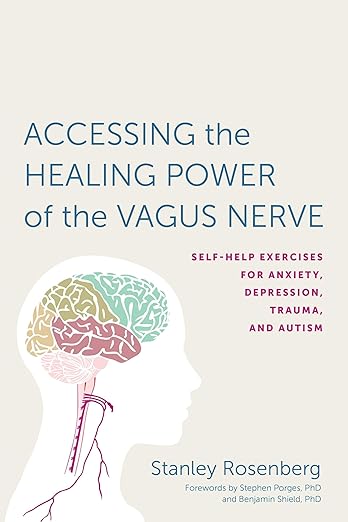
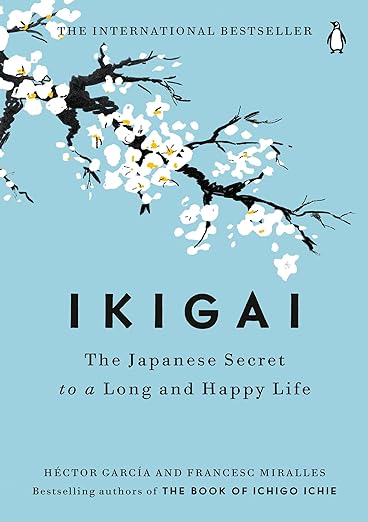
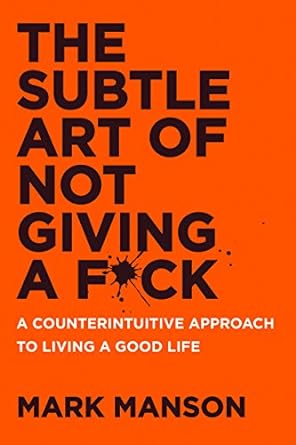
#17 Scientific and technical
Scientific and technical are important part of the non-fiction literature, which helps readers understand the intricacies of the natural world and the advancements of human innovation. Scientific books provide in-depth explorations of fundamental principles, discoveries and phenomena. In addition, they present analyses and evidence to support their claims. Technical books, on the other hand, explain practical applications of scientific knowledge. For instance, they discuss recent technologies, methodologies and tools. From programming languages to engineering design, technical books equip readers with the skills and knowledge. Technical and scientific non-fiction examples include Trading: Technical Analysis Masterclass, Black Holes or Normal Accidents.
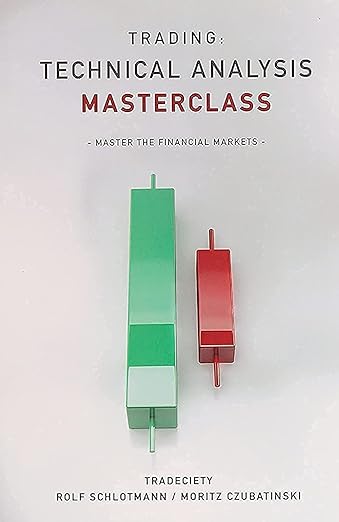
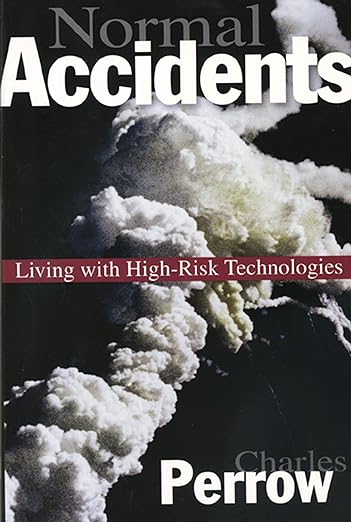
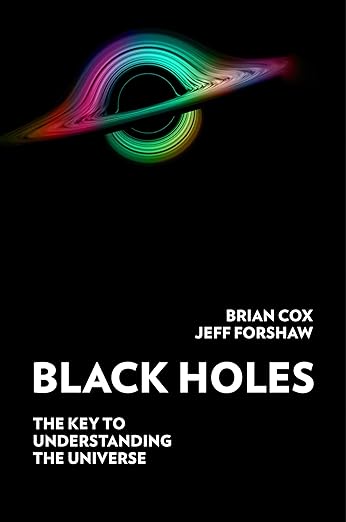
#18 Sports
Sports literature celebrates athletic competition, teams and the sports industry. Within the types of non-fiction, these books offer captivating narratives, profiles and insights into sports culture and history. From biographies of famous athletes to how-to guides for novice players, sports literature inspires passion and resilience. Moreover, readers of sports non-fiction discover the transformative power of sportsmanship, perseverance and the pursuit of excellence. Kobe Bryant’s The Mamba Mentality, Shoe Dog: A Memoir by the Creator of Nike and The Boys in the Boat are example of sports non-fiction.
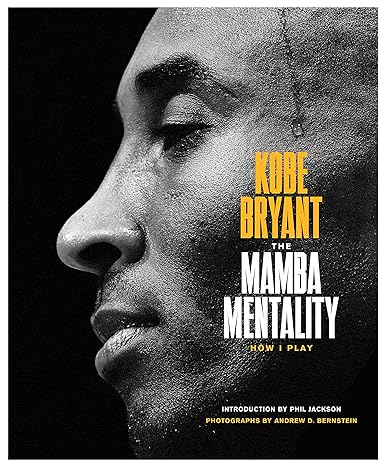
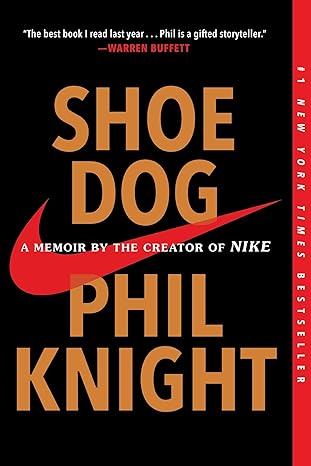
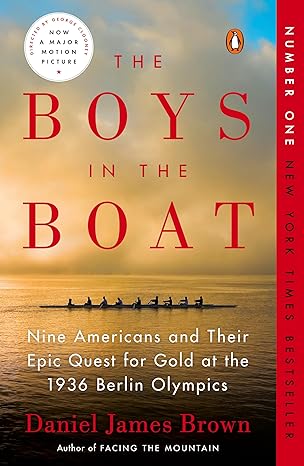
#19 Travel
Among 20 types of non-fiction, travel non-fiction journeys into distant lands, cultures and experiences. Travel writers transport readers to far-away places through vivid descriptions and personal stories. As a genre within non-fiction literature, travel books inspire curiosity and foster cultural exchange and appreciation for the diversity of our planet. Try Destinations of a Lifetime, 50 States, 5,000 Ideas and Travels with Charley in Search of America for good travel non-fiction.
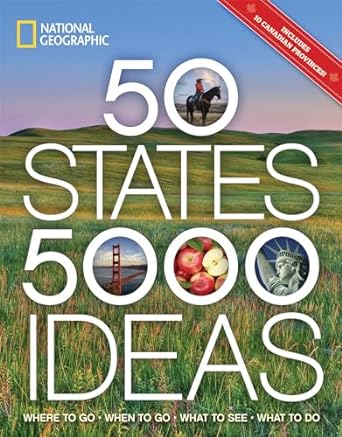
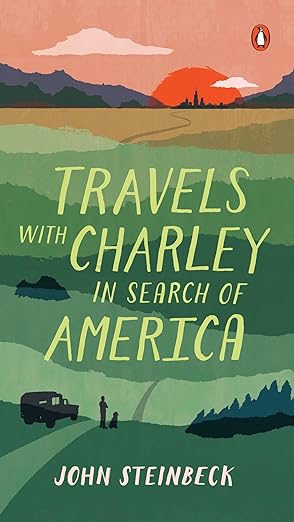
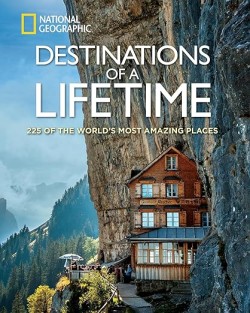
#20 True crime
True crime literature inspires readers with gripping narratives of real-life mysteries, investigations and courtroom dramas. Within the types of non-fiction, these books discuss the darkest corners of human psyche and explore the motivations behind criminal behaviour and the operations of the justice system. From infamous cold cases to high-profile trials, true crime literature offers a compelling mix of suspense, intrigue and psychological insight, captivating audiences and sparking conversations about morality and justice. Try Killers of the Flower Moon, Mindhunter or Bad Blood for some true crime thrills.
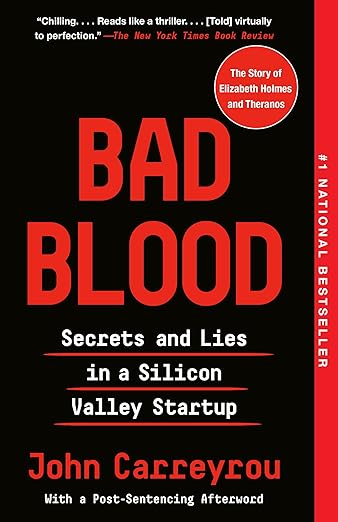
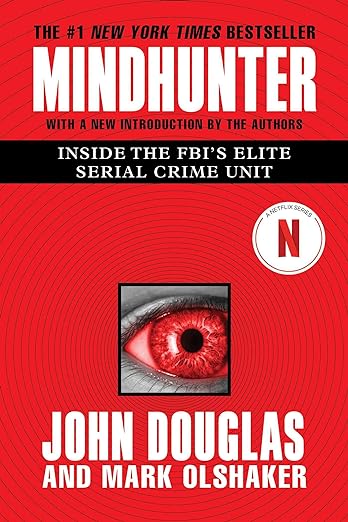
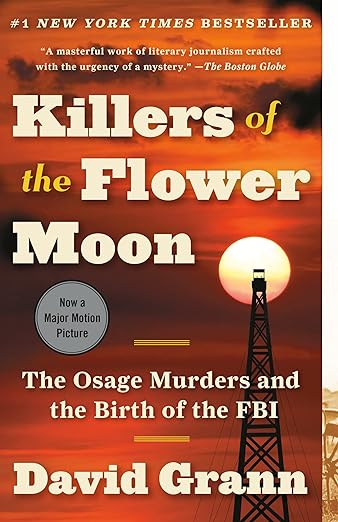
How to prepare non-fiction for publication?
- Self-edit your manuscript: Begin by reviewing your work for clarity, coherence and accuracy. Address inconsistencies and errors to ensure the manuscript is well-organised and polished.
- Hire a professional editor: Seek an editor specialising in your genre, such as academic, memoir or business. Their expertise helps refine the manuscript to meet publishing standards and audience expectations. Editing services include:
- Developmental editing focuses on the book’s structure, organisation and content. Ensure the manuscript effectively communicates the intended message or information.
- Line editing refines the prose by improving clarity, flow and style, making sure the writing is engaging and easy to follow.refines the prose by improving clarity, flow and style, making sure the writing is engaging and easy to follow.
- Copyediting corrects grammar, punctuation, spelling and consistency to ensure the manuscript is polished and professional.
- Proofreading conducts a final review to catch any remaining errors before publication.
- Consider hiring a professional indexer: For non-fiction books, an indexer can create a comprehensive index tailored to the book’s content, which can help readers navigate and reference key topics easily.
Resources for writing a non-fiction book
Books
- A Field Guide for Science Writers, edited by Deborah Blum, Mary Knudson and Robin Marantz Henig, explains how to communicate complex ideas clearly and effectively.
- On Writing Well by William Zinsser is a classic guide that covers the principles of writing non-fiction with a focus on clarity, simplicity and style.
- Telling True Stories, edited by Mark Kramer and Wendy Call, is a collection of essays from journalists and non-fiction writers, useful for those writing historical narratives or biographies.
- The Art of Nonfiction by Ayn Rand offers philosophical insights into the non-fiction writing process, with a focus on how to structure arguments and present ideas clearly.
- The Elements of Style by William Strunk and E. B. White is a concise reference book for understanding grammar, punctuation and style, essential for clear, professional non-fiction writing.
- The Memoir Project by Marion Roach Smith offers practical tips for turning personal experiences into engaging memoirs.
- The Nonfiction Book Marketing Plan by Stephanie Chandler is useful for writing and promoting self-help, business or how-to books.
- Writing the Memoir: From Truth to Art by Judith Barrington provides guidance on balancing factual accuracy with narrative artistry in memoir writing.
Websites
- Poynter Institute offers resources for non-fiction writers with a focus on journalism and storytelling. They provide online courses and articles on writing, ethics and narrative non-fiction.
- The Nonfiction Authors Association is a community specifically for non-fiction writers. It provides resources, marketing tips, online courses and a podcast that covers aspects of writing, publishing and promoting non-fiction books.
- The Open Notebook is a resource primarily for science and nature writers. It offers in-depth articles, interviews with authors and tips on crafting compelling, accurate science writing.
- Writer’s Digest provides a wide range of resources, including articles, webinars and writing contests. Their site covers everything from memoir writing to self-help and business book advice.
Courses
- Coursera: Memoir and Personal Essay. Write about Yourself by Wesleyan University is a helpful course for writing memoirs or personal essays.
- Coursera: Writing in the Sciences by Stanford University helps science writers convey complex information clearly to the general public.
- Gotham Writers Creative Nonfiction 101 introduces the fundamentals of writing non-fiction.
- Gotham Writers Memoir Writing guides writers through the process of crafting their personal stories with clarity and depth.
- MasterClass: David Sedaris Teaches Storytelling and Humour offers valuable advice for writing personal essays and memoirs.
- MasterClass: Malcolm Gladwell Teaches Writing focuses on storytelling in non-fiction and how to structure compelling arguments.
- Skillshare: Creative Nonfiction. Write Truth with Style shows how to use storytelling techniques in non-fiction writing to create engaging narratives.
- The Nonfiction Writers University offers courses, workshops and coaching for non-fiction authors on writing, publishing and marketing non-fiction books.
- Udemy: How to Write a Nonfiction Book That Actually Sells explains outlining, writing and self-publishing non-fiction books.
Podcasts
- #AmWriting, hosted by authors KJ Dell’Antonia, Sarina Bowen and Jess Lahey, offers practical advice on the writing process, revisions, publishing and marketing.
- Longform Podcast features in-depth interviews with writers of long-form journalism and non-fiction books.
- Nonfiction Authors Podcast, produced by the Nonfiction Authors Association, this podcast covers a wide range of topics for non-fiction writers, from crafting compelling stories to marketing and promoting non-fiction books.
- Self Publishing School Podcast offers tips on writing, editing and marketing non-fiction books with a focus on self-publishing strategies.
- The Book Marketing Show Podcast, hosted by Dave Chesson of Kindlepreneur, covers the writing process and publishing and marketing non-fiction books.
- The Creative Nonfiction Podcast, hosted by Brendan O’Meara, focuses on interviews with non-fiction writers, memoirists and essayists. It discusses the writing process, storytelling techniques and publishing non-fiction.
- The Science Writing Podcast shares tips and interviews with science writers on how to make complex scientific ideas accessible and engaging to readers.
- The Writer Files, hosted by Kelton Reid, explores the habits, mindsets and routines of successful writers. It can be helpful for non-fiction writers looking to refine their craft and build writing habits.
Key takeaways
20 types of non-fiction aim at informing, inspiring and enriching our understanding of the world. Non-fiction literature is committed to truth and accuracy, grounded in verifiable evidence and reliable sources.
Contact me for a free sample edit of your non-fiction manuscript (and remember to use my early bird discount). I am an experienced editor working with non-fiction, academic and business texts. I can help prepare your text for publication, including big-picture analysis, highlighting your authorial voice and ensuring the correctness and consistency.


